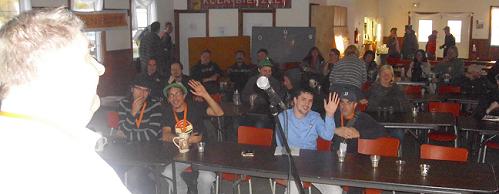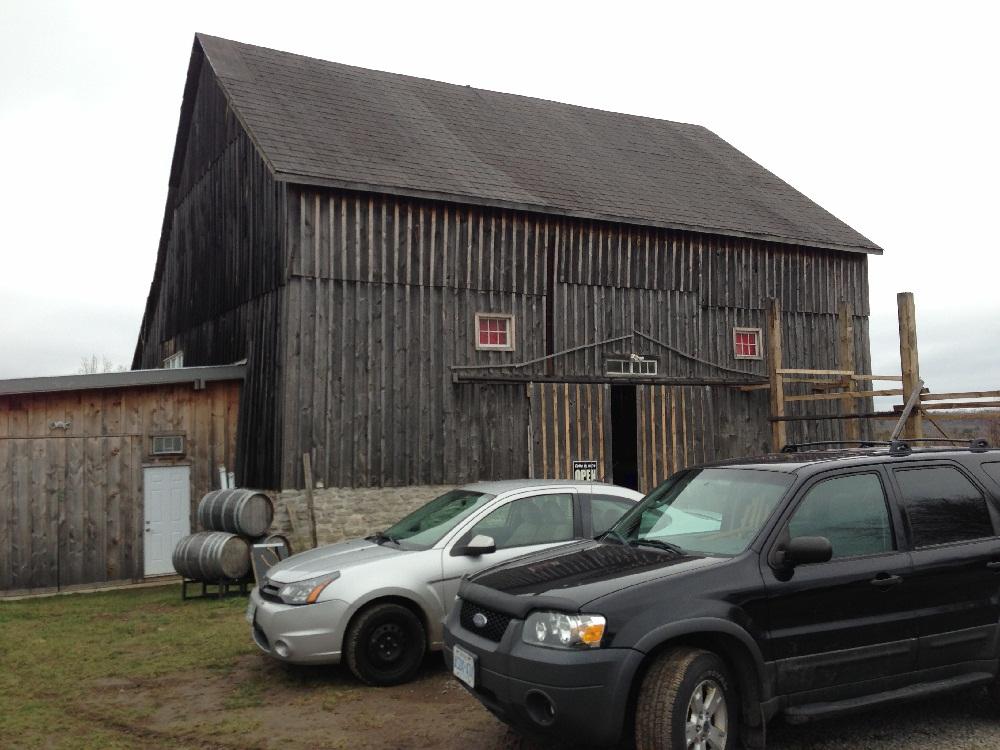Today’s news speaks to some fairly basic constitutional ideas:
The Harper government said Monday it will not include Governor-General David Johnston in any future policy discussions with First Nations, further clouding its battle of wills with aboriginal leaders. A spokesperson for the Prime Minister said Monday Stephen Harper will meet with Assembly of First Nations’ National Chief Shawn Atleo “in the coming weeks,” and has no plans to abide aboriginal leaders’ demands for a summit Thursday. “[First Nations people] are very insistent on having the Governor-General there, but the Governor-General says this is a policy matter with the government and that [he] shouldn’t be there,” Andrew MacDougall said. “We agree with that.”
This is interesting stuff. What is a Prime Minister and what is a Governor-General? In his book Federalism and the Constitution of Canada, David E. Smith uses the proper name of one institution the Prime Minister leads: the Crown-in-Parliament. Even though the Glorious Revolution of 1688 changed a lot of the constitutional principles it did not great autonomous spheres of power so much as rearrange the existing ones. As a result, Smith can write:
Sovereignty in a constitutional monarchy rests in the Crown-in-Parliament (or, legislature), except where the subject is the reserve powers (dissolution of Parliament, for instance) that remain as a matter of prerogative in the hands of the Crown’s representative.
So, unless the topic is one reserved to the G.-G., it is a matter of Parliamentary oversight. In section 91 of our Constitution of 1867, part of the division of powers discussion it states “the exclusive Legislative Authority of the Parliament of Canada extends to all Matters coming within the Classes of Subjects next hereinafter enumerated; that is to say,” and then lists a number of topics. It is generally taken that the list serves to distinguish between the Federal level and the Provincial one but the assignment of the classes of subjects is to the Parliament of Canada. Item number 24 in the list is “Indians, and Lands reserved for the Indians.” Later in the constitution it states under the heading “Treaty Obligations” that:
The Parliament and Government of Canada shall have all Powers necessary or proper for performing the Obligations of Canada or of any Province thereof, as Part of the British Empire, towards Foreign Countries, arising under Treaties between the Empire and such Foreign Countries.
Interestingly, as Smith points out in his book, this only means that the Feds have the power to conclude treaties not to implement them. Where the subject matter is not in the list of subject matters assigned to the Federal Parliament, it is up to the Provinces to implement. And, in any event, the power relates to foreign countries. What was the nature of the “in Empire” domestic treaty that the British and then Canada happily signed from East to West as European Canada asserted itself? Mr. Harper is asserting that whatever it is, it is something that section 91(24) assigns to Parliament and he is the head of Parliament. Clearly an argument available to be made. Because he, like the G.-G. represents the Crown in his own way, too.




